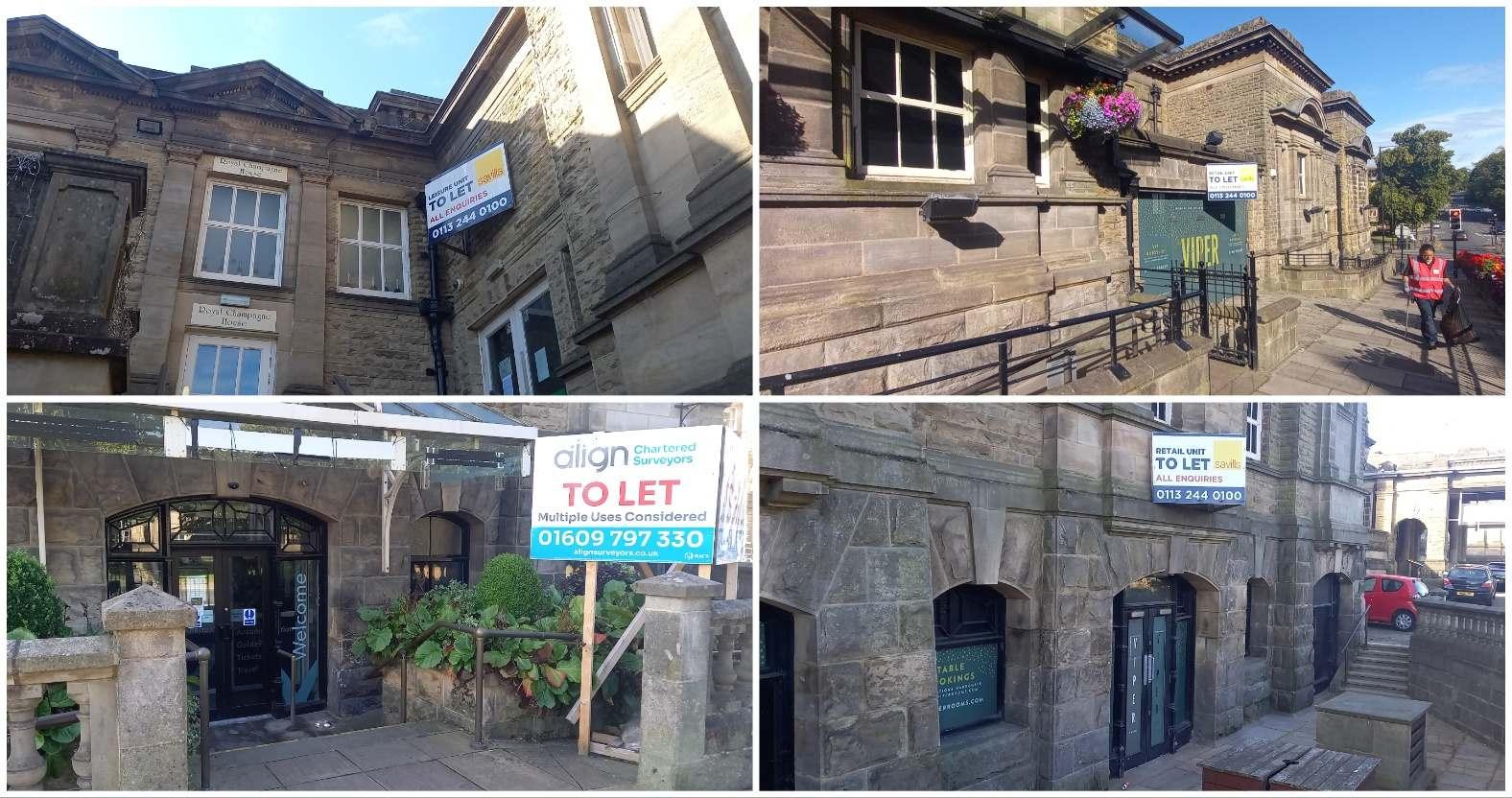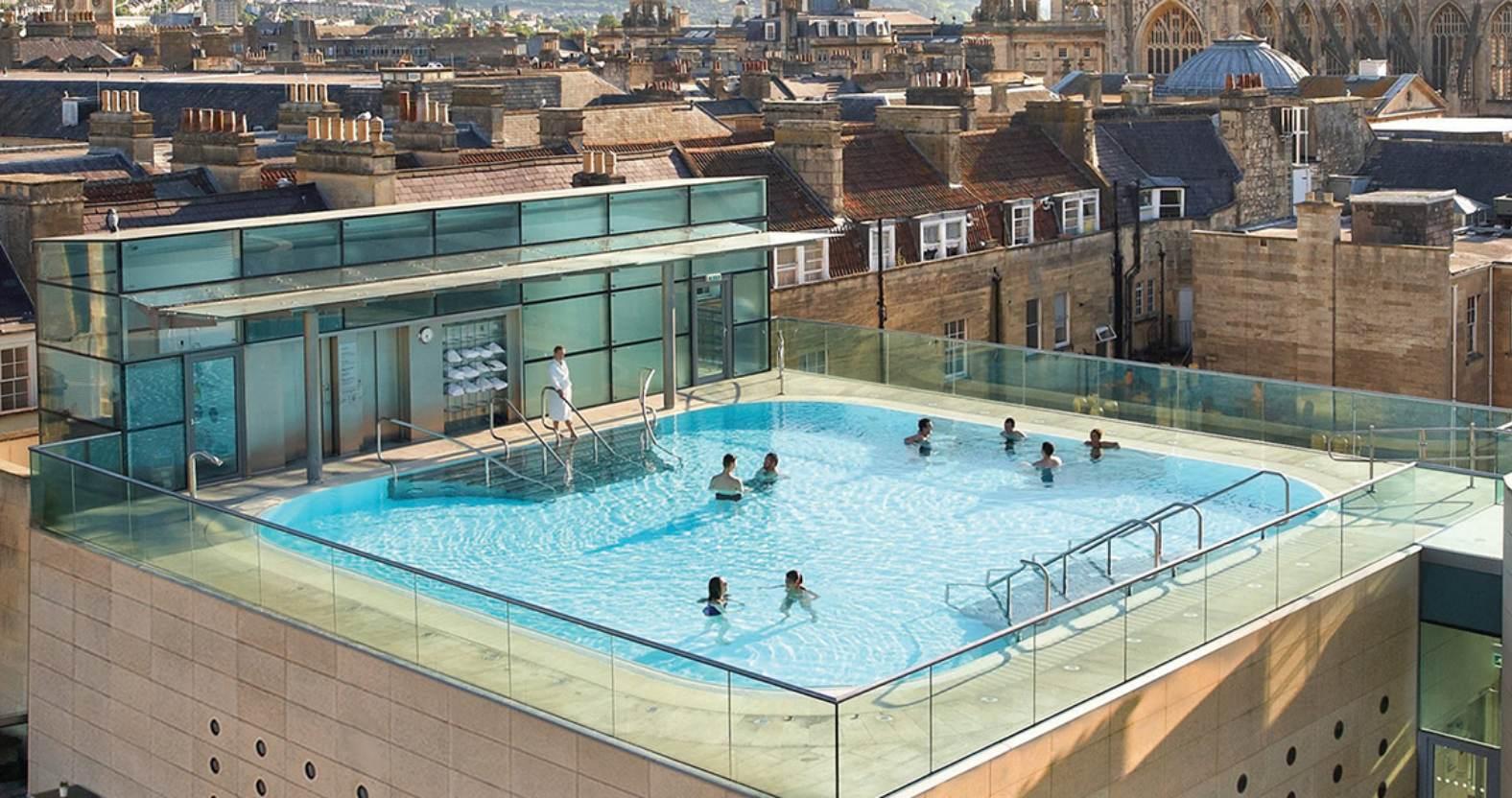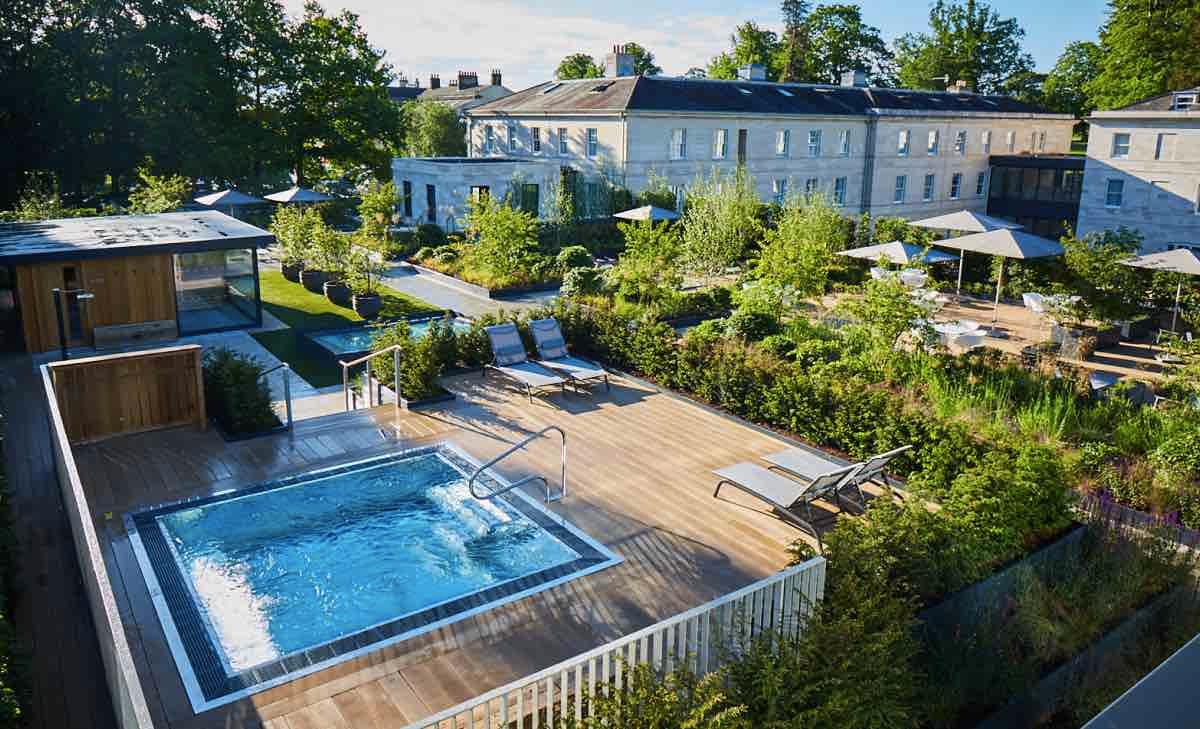Subscribe to trusted local news
In a time of both misinformation and too much information, quality journalism is more crucial than ever. By subscribing, you can help us get the story right.
- Subscription costs less than £1 a week with an annual plan.
Already a subscriber? Log in here.
17
Aug 2024
Should we do more to 'put the spa back into Harrogate'?

Harrogate grew into the place it is now because of its waters, but look around the town today and you’d never know it. Aside from a few buildings – mostly repurposed as pubs and restaurants – there’s really not much trace left of Harrogate’s old spa industry.
To many people, that doesn’t really matter, but some argue that it should, and even claim that a return to its origins could provide the key to Harrogate’s economic future.
In a talk earlier this year to Harrogate Civic Society, retired architect and town planner David Rhodes made a strong case that Harrogate should capitalise on its spa heritage far more than it currently does.
Having seen Harrogate referred to in a national broadsheet as an “ex-spa town”, Mr Rhodes, who was formerly head of conservation and design at Harrogate Borough Council, called for the revitalisation of the spa industry in the heart of the town.
In his address, which he titled Putting the Spa back into Harrogate Spa Town, he suggested the repurposing of parts of Harrogate Convention Centre, whose future is in any case currently up for discussion.
He said that the main areas of the Royal Baths were empty and should be put to spa-related uses, and he highlighted the number of large, empty buildings – such as the old council offices in Crescent Gardens – that could potentially play a new role in a spa town fit for the 21st century.

To let signs at the Royal Baths complex.
But why should Harrogate hark back to the past? Should it not just draw a line under bygone glories and move on? Well, maybe not. After all, the reason for Harrogate’s existence hasn’t gone away: the waters are still there, waiting to be used.
To better appreciate the potential of those waters, it pays to take a look at Harrogate’s history.
In its spa heyday in the late 19th and early 20th centuries, Harrogate had 88 mineral wells, with a greater variety of unique chemical compositions than anywhere else in the world, and several of these were pumped to the Royal Baths to be served on tap.
The Royal Baths provided as many as 80 different treatments for conditions including rheumatism, arthritis and sciatica, and provided nearly 20,000 baths – hot, cold, sulphur, peat and others – every year.

The Royal Baths in Harrogate.
As a result, Harrogate was known as England’s foremost spa town and welcomed the great, the good and the royal of the Victorian age.
So if Mr Rhodes’ suggestions were taken up, what would any new development look like? Clues might be found by looking at the places he compared Harrogate’s “ex-spa” status with: Bath and Manchester.
Bath’s spa industry, famously, dates from Roman times, but it received a radical revamp in the early 2000s when it opened Thermae Bath Spa.
This development in the centre of the city combines the historic spa with a modern building and offers an array of treatments almost as bewildering as Harrogate’s 120 years ago.

The rooftop pool at Thermae Bath Spa. Photo: Thermae Bath Spa.
Its main attractions are its two natural thermal baths, indoor pool, and open-air rooftop pool, but there’s also a large ‘wellness suite’ with two aromatic steam rooms, an ice chamber, infrared sauna and something called a ‘celestial relaxation room’. Old-fashioned it is not.
In Manchester, they’re appealing to a broader market, with a spa and waterpark resort next to the Trafford Centre.
Currently under construction and due to open in 2025, Therme Manchester will occupy 28 acres and boast 25 pools, 35 waterslides and 30 saunas and steam rooms, forming what developer Therme Group is calling an 'urban oasis'. It looks like a cross between Centerparcs and the Eden Project.

Therme Manchester, the spa development currently under construction on the other side of the Pennines. Image: Therme Group.
Which of these approaches Harrogate could take is up for debate, but Matthew Chapman, manager of Harrogate Business Improvement District thinks there would be a third option. He said:
I think we’d be able to put our own stamp on it – maybe tie in the spa heritage with a floral theme, which would be very much in keeping with the town.
We’d need to think big. Harrogate’s Italian twin town, Montecatini, is a UNESCO World Heritage Site. Why aren’t we a UNESCO World Heritage Site?
Harrogate is world-renowned for its spa heritage. It’s a global brand – wherever you go, you can find Harrogate Spring Water – so it’d be brilliant to think at that level. We want to compete with the big boys.
Getting such a development off the ground would no doubt be fraught with controversy and very expensive. It took 10 years to get Thermae Bath Spa off the drawing board and open to the public, and costs ballooned during that period from £13 million to £45 million. Even that would be dwarfed by today’s prices.
And yet a study carried out 10 years ago – just six years after it opened – found that the spa attracted over a quarter of a million more visitors a year to Bath, who contributed an extra £15 million a year to the city’s economy. In other words, it appears to be paying for itself.
Of course, beyond the centre of Harrogate, the district more broadly has rediscovered the joys – and financial rewards – of the spa industry in recent years. Rudding Park near Harrogate, Swinton Park near Masham and Grantley Hall near Ripon have all invested many millions to develop beautiful new spa facilities.

The spa at Rudding Park.
When owner Simon Mackaness opened the £10 million spa at Rudding Park, he said he wanted to “give to Harrogate a major spa complex” – effectively “putting the spa back” into the town, albeit two miles from the centre.
So wouldn’t these modern spa providers have something to say about an upstart development in the heart of Harrogate? The answer, as far as Rudding Park is concerned, is no.
Simon’s son, Matthew, said:
On the whole, we have huge support for any investment into Harrogate, and that includes in the hotels. We actively support all projects to improve what the town has to offer.
If they were to spend £10 million on a brand-new day spa, we’d broadly support that. And if they were recapturing Harrogate’s spa heritage, that would be great for the town.
He added:
I’m not sure how the trend for bathing in different types of water stands – maybe the spa market has moved on a bit from that. But certainly, cold water bathing is on trend now, so who knows?
If Harrogate could make it work, it could potentially pull off a time-warping trick to rival Bath’s. Not back to the future, exactly. More forward to the past.
Any development would have to have the full backing of North Yorkshire Council, which owns much of the property and infrastructure necessary for any grand new scheme. But any developer with deep pockets and well-thought-out plans might find themselves pushing at an open door at County Hall.
Gemma Rio, head of tourism at North Yorkshire Council, said:
Visit North Yorkshire hasn’t been directly approached on this subject, however we of course recognise the importance of the spa heritage of Harrogate and how showcasing this can inspire potential visitors.
We welcome feedback from the sector and would encourage anyone with suggestions and thoughts to get in touch. Details on how to do so can be found on the Visit North Yorkshire website at visitnorthyorkshire.com.
6